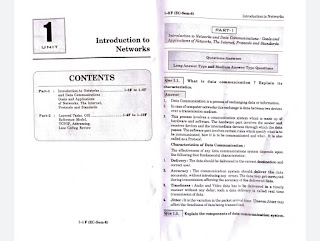Gradually Varied Flow is defined as steady non-uniform flow in a channel in which there are gradual changes in the water depth.
As, Total Head, H = z + α’.y.cos2θ + α.v2/2.g
Following Assumption are made in GVF analysis:
- α’ = 1.0 → Streamline curvature is small
- cosθ ≈ 1 → Slope of channel is small
- α is constant throughout the channel and α = 1.0
⇒ H = z + y + v2/2.g
⇒ dH/dx = (dz/dx) + (dy/dx) + d(v2/2.g)/dx
⇒ -Se = -So + (dy/dx) + d(v2/2.g)/dy.(dy/dx)
where Se is slope of energy line and So is slope of channel bed.
⇒ So – Se = (dy/dx)[1 + d(Q2/A2.2.g)/dy]
⇒ So – Se = (dy/dx)[1 + d(Q2/A2.2.g)/dA.(dA/dy)]
⇒ So – Se = (dy/dx)[1 +
(-2).Q2/(A3.2.g).T]
⇒ (dy/dx) = (So – Se)/[1 – Q2.T/g.A3]
⇒ (dy/dx) = So[1 – Se/So)/[1 – (Q2./g).(1/(A3/T))]
From Manning’s Equation for GVF Q = K.√Se and for Uniform Flow Q = Kn.√So
⇒ Kn.√So = K.√Se ⇒ (Kn/K)2 = Se/So
Also For critical flow Q2/g = (Ac3/T) = Zc2
and (A3/T) = Z2
∴ (dy/dx) = So[1 – (Kn/K)2)/[1 -(Zc/Z)2]
As Kn2 = C.ynN //N is Hydraulic exponent of uniform flow.
and K2 = C.yN
And Zc2 = C.ynM //M is Hydraulic exponent of critical flow.
and Z2 = C.yM
∴ (dy/dx) = So[1 – (yn/y)N)/[1 -(yc/y)2]
where dy/dx → Slope of water surface water w.r.t channel bed.
If dy/dx is (+)ve → Depth is increasing along the flow and is known as Back water curve
If dy/dx is (-)ve → Depth is decreasing along the flow and is known as Drop down curve





